Petroglyphs of the Archaeological Landscape of Tanbaly
Thousands of rock carvings dating from the Bronze Age to the 20th century, created by pastoral peoples of the central Asian steppes.

Thousands of rock carvings dating from the Bronze Age to the 20th century, created by pastoral peoples of the central Asian steppes.

A remote group of Polynesian islands with wonderfully diverse and unique ecosystems on land and in the sea.

A former island, now land-locked, that illustrates the battle that the people of the Netherlands have fought against the sea over many centuries.
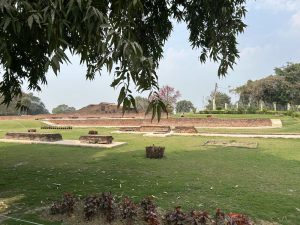
Ruins of the oldest center of learning in India, which lasted for 800 years.
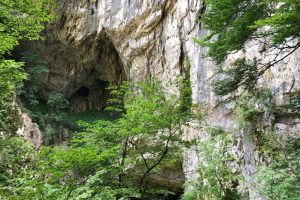
A massive and scientifically important underground cave system known for its beauty.
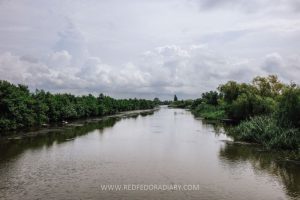
The world’s oldest temperate rainforest, significant for its rare and ancient ecosystem.
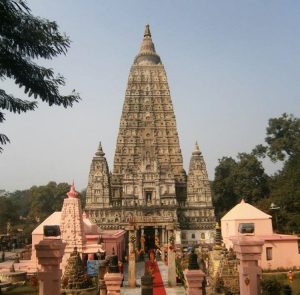
Where Buddha is believed to have reached enlightenment, with 7 sacred sites, now a place of pilgrimage and meditation.
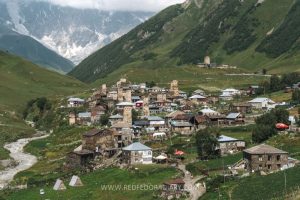
A picturesque and long-isolated region known for its well-preserved medieval villages with their stone tower houses.
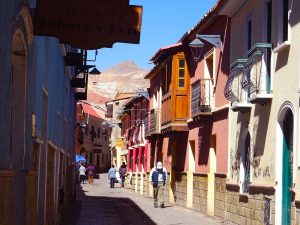
A major Spanish-colonial-era silver mine and city where the whole production chain and the social context are still visible.
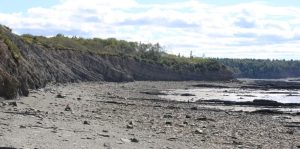
On the coast along the Bay of Fundy in Nova Scotia, important for its extensive fossil record of the Carboniferous Period.
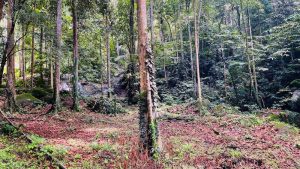
The earliest example of full rainforest restoration on formerly barren mining land.
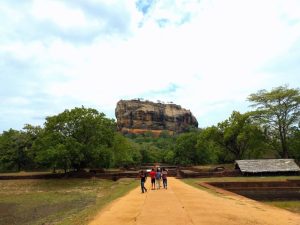
Ruins of a 5th-century city and palace on a dramatic rock outcropping.
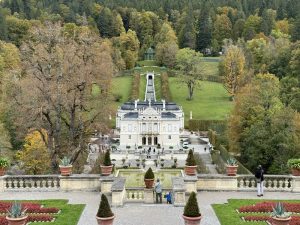
Four 19-century palaces in the Romantic and eclectic style, set in stunning natural landscapes.

An artists’ colony used for experimentation in architecture, arts and design at the turn of the 20th century.
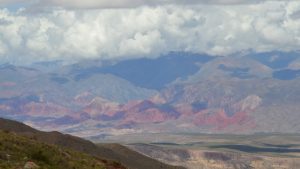
A valley famous for its colorful mountains that was an important Inca trade route for centuries.
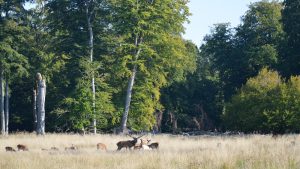
A royal hunting park planned according to geometric principles in order to emphasize the absolute power of the monarchy.

A former shale-oil mine that contains a wealth of remarkably well-preserved fossils from a 47-million-year-old Eocene ecosystem.

A church complex that is home to The Last Supper, a 15th-century fresco by Leonardo da Vinci.
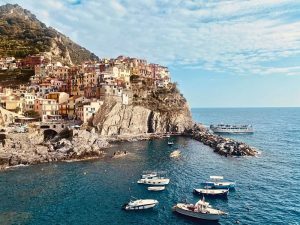
A beautiful region along the Ligurian coast where, over centuries, people adapted to and changed the dramatic natural landscape.
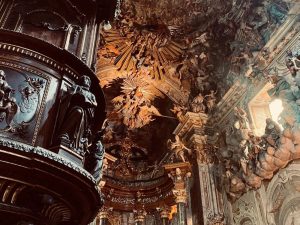
Nine mountains, each one a pilgrimage destination containing a series of richly-decorated Medieval or early-Renaissance chapels.
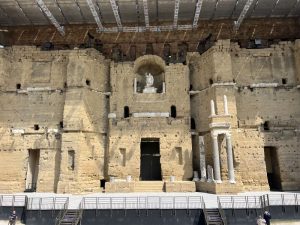
A well-preserved 1st-century Roman theater and a triumphal arch nearby with unique bas-relief images.
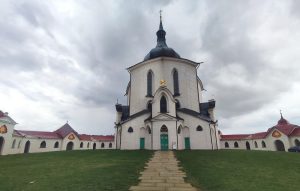
An unusual 18th-century church that combines Baroque and Gothic styles with symbolism around the number 5.
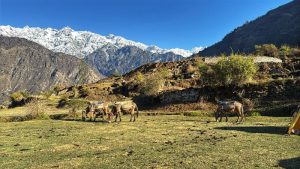
A mountainous nature reserve of great beauty and biodiversity protecting a range of species and habitats.

An important trade city under French colonial rule, still containing typical colonial architecture.
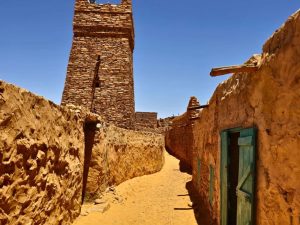
Fortified towns from the 12th-13th centuries that were key trading posts along the Saharan caravan routes and became important religious centers.
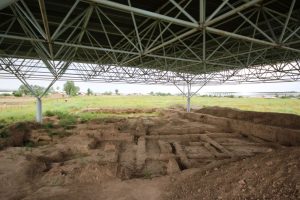
Archaeological excavations of the first permanent urban settlements in Central Asia, 5000 years old.
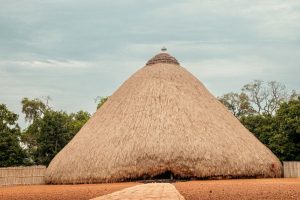
A tomb of kings, special in terms of architecture and as a place of great historical, spiritual and cultural significance for the Baganda people.
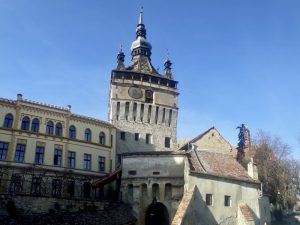
An intact fortified medieval town built by Transylvanian Saxons.
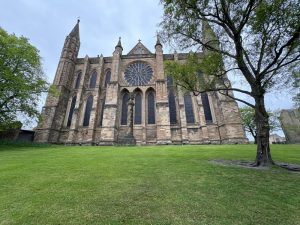
An innovative cathedral with architecture that foreshadowed Gothic, and the 11th-century Norman castle that guarded it and the northern frontier.
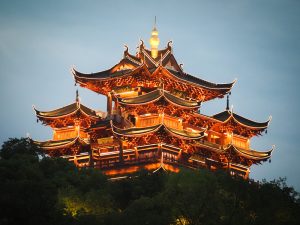
An ancient landscaped environment based on Buddhist principles in garden design that have been influential for over a thousand years.

An ancient city on a peninsula containing architecture from many eras, including unique Bulgarian Renaissance elements.
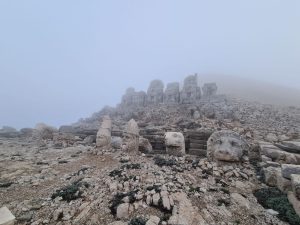
A mountain on whose peak stands the tomb of King Antiochus I, an imposing artistic achievement of the Hellenistic period.
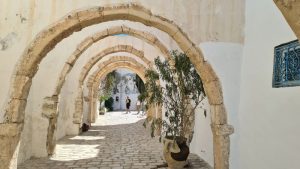
An island whose inhabitants adapted their settlements to the natural conditions, and where different cultures coexisted peacefully.
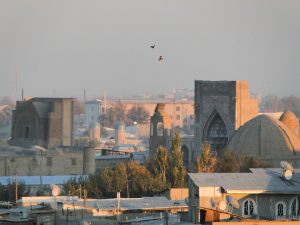
A Silk Road city with historic architecture dating to the 10th and 11th centuries, important particularly for its urban planning.
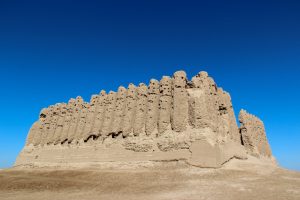
A Silk Road city 4,000 years old, with remains of five walled cities from different eras.
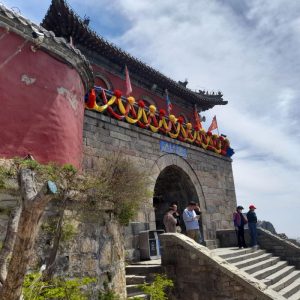
One of the Five Great Mountains and an important place of worship, known for its Taoist temples.